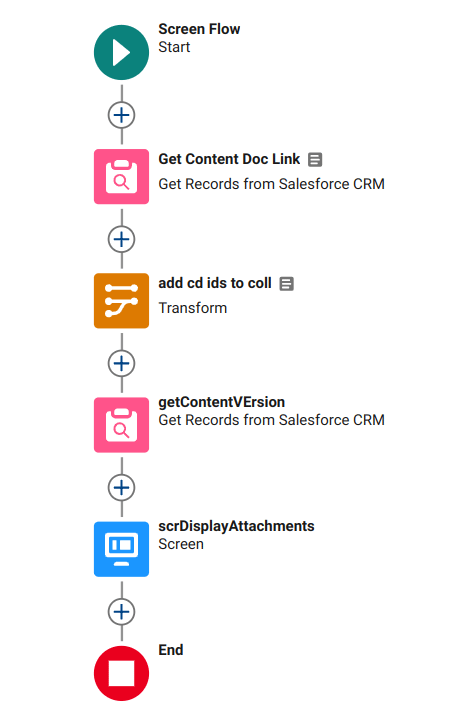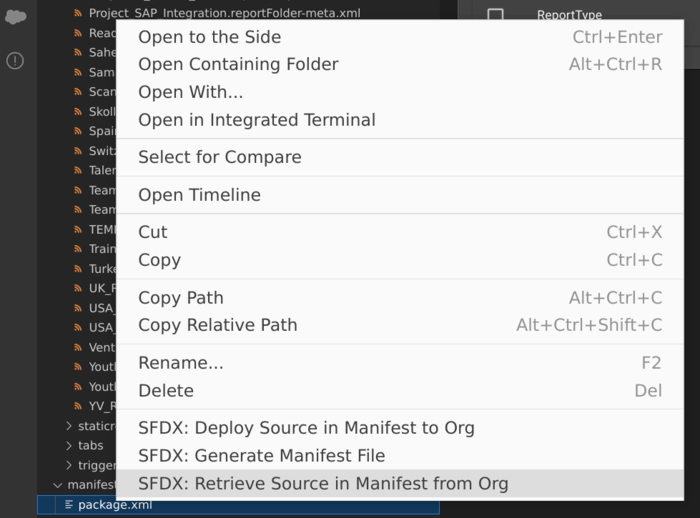displaying files in flow datatable with clickable link
solved an interesting question on ohana slack asking about how to display the files attached to a related record in a “legacy” approval process page.
you can do this using a flow datatable, but there are some tricks required for making a clickable link to the file.
salesforce files have 3 objects, and they dont always play nicely
a) content document : this is the file preview page when you are looking at a file. IDs start with 069
b) content version : these are the file versions, and IDs start with 068
c) content document link these allow the many to many relationship to connect one content document to multiple records. i dont know what the Ids start with …
here is the full flow.

here are the details on how to build it
to start, you must create an input text variable in your flow named recordId. this will be populated automatically when you add the flow to a record page.
...


